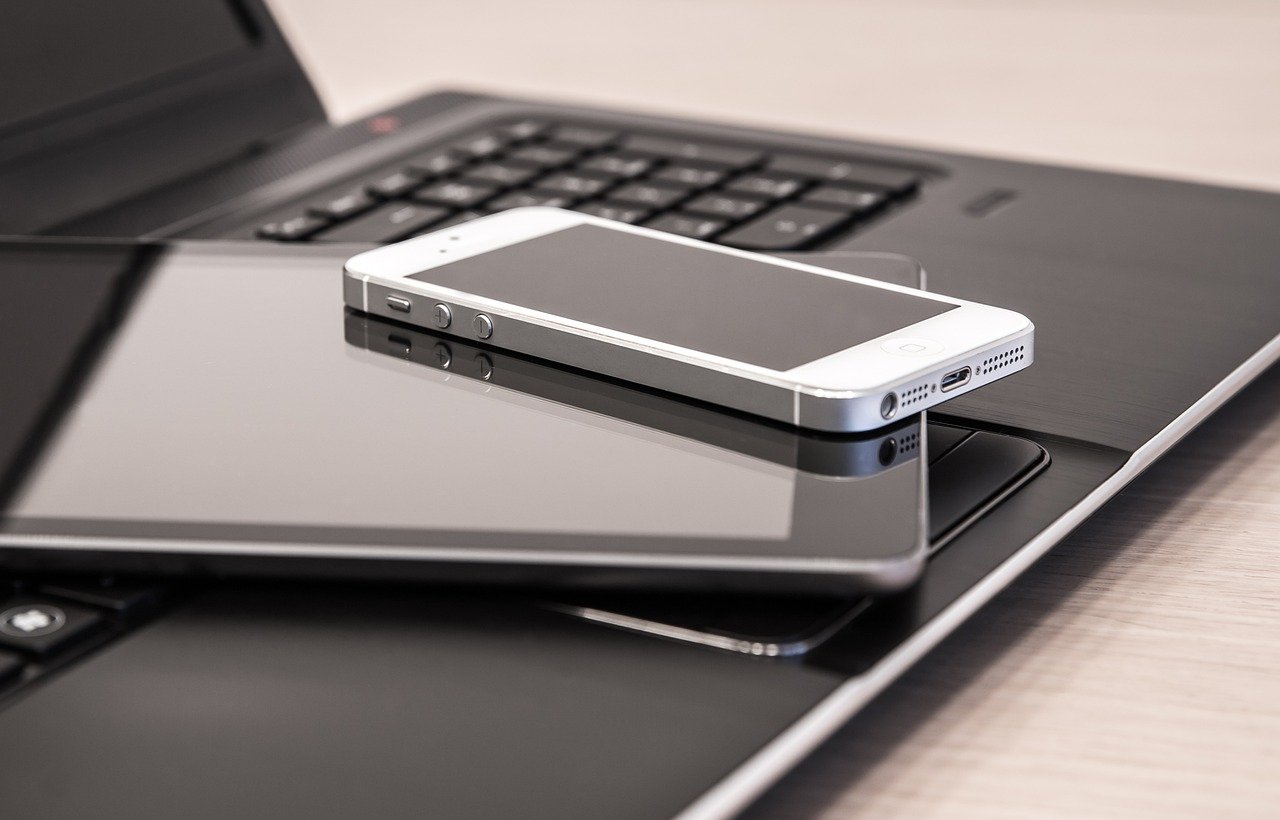Alongside necessities like housing, food and transportation, tech has become one of our biggest personal expenditures. Whether it’s our smartphone contract, Netflix subscription, or feeding our video game addiction, the most recent statistics show that consumers spent $1.7 trillion on tech products in 2020. This figure is expected to reach over $2 trillion by the end of this year.
However, amid a global cost of living crisis, individuals around the world are looking to tighten their belts and reduce outgoings where possible. Considering how dependent we are on tech nowadays, it’s nigh-on impossible to cut tech spending altogether — but, what are some of the main ways we can reduce this?
Pay in Installments
Tech doesn’t tend to come cheap, and the upfront costs involved are often too high for many. There’s a reason why most people buy a phone on a monthly plan instead of outright. However, what many people don’t realize is that it’s possible to pay for various types of tech in installments too, making these acquisitions a lot more affordable in the short run.
For example, many electronic retailers offer 0% APR financing to help spread out the cost of a purchase over time, while third party buy now pay later (BNPL) providers can also help you pay for electronic devices in installments.
Take Zilch, for instance, which allows you to spread the cost of buying electronics by paying 25% upfront and dividing the remainder into three more installments over six weeks. If you do go down this route, it’s important to spend responsibly.*
Buy Refurbished Products
When products are labelled as “second-hand”, it’s easy to correlate this with the product having worse quality. However, the refurbished tech market is helping to put pay to this notion, particularly when it comes to second-hand devices.
Refurbished devices are typically refurbished to be in perfect working condition and many providers now offer second-hand products of comparable — if not equal — quality to their first-hand equivalents, but at a fraction of the price.
For example, one study comparing eight popular phones found that refurbished mobiles were between $120 to $650 cheaper than their brand new counterparts, with an average saving of $380. With many providers grading mobiles by their level of refurbishment, you’re often able to pay for the quality of device you want.
Although phones are the most common type of refurbished device on the market, you can also buy refurbished laptops, tablets, audio gear and more.
Trade in old Devices
On occasions where you’re upgrading devices that you already own, like getting a new phone or laptop, try and trade in the old version of the device to help offset the cost. Many phone providers now actually have dedicated trade-in programs that either give you cash or account credit when you upgrade to the latest model and trade in your old mobile.
Alternatively, other ways to make money on your old devices include by using specialized device-buying firms and selling them yourself on sites like eBay or Facebook Marketplace. As well as helping you to save money, recycling your devices is a great way of reducing waste and protecting the planet. This prevents them from reaching landfills, where they can cause huge damage to the environment.
*Spend responsibly, spending more than you can afford could seriously affect your financial status. Credit subject to status, 18+, UK residents only. Representative APR 18.1% (fixed) based on total spend: £240 (+£2.50 fees). Total repayable: £242.50 paid over 6 weeks, 1st payment £62.50, then 3 payments of £60.00 every 2 weeks. T&Cs apply.



 Bitcoin
Bitcoin  Ethereum
Ethereum  Tether
Tether  XRP
XRP  Solana
Solana  USDC
USDC  TRON
TRON  Cardano
Cardano  Lido Staked Ether
Lido Staked Ether  Avalanche
Avalanche  Toncoin
Toncoin